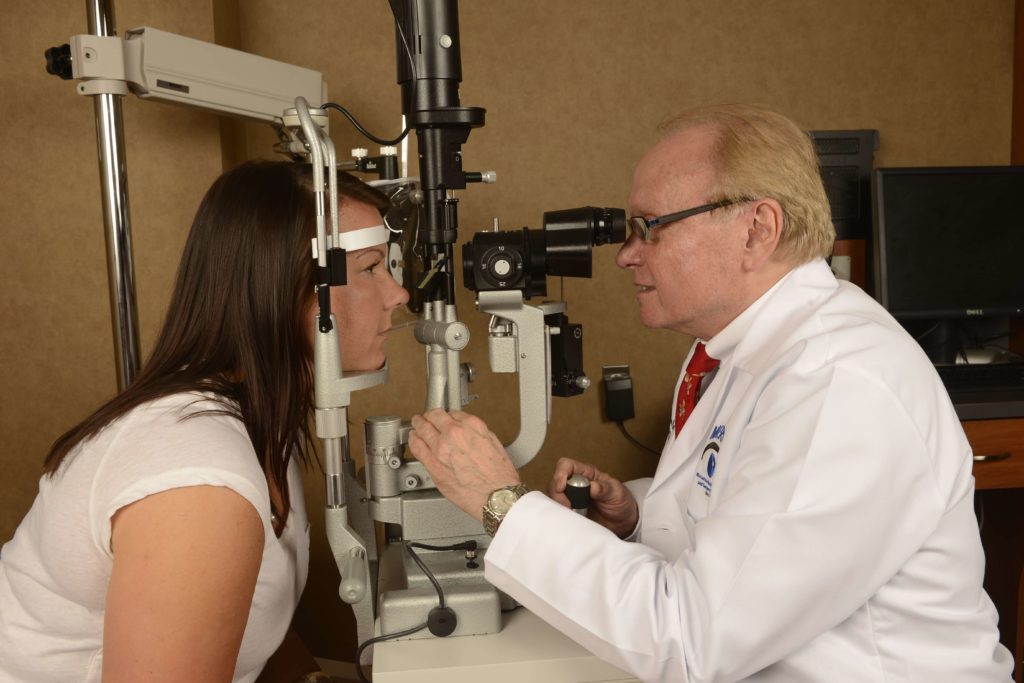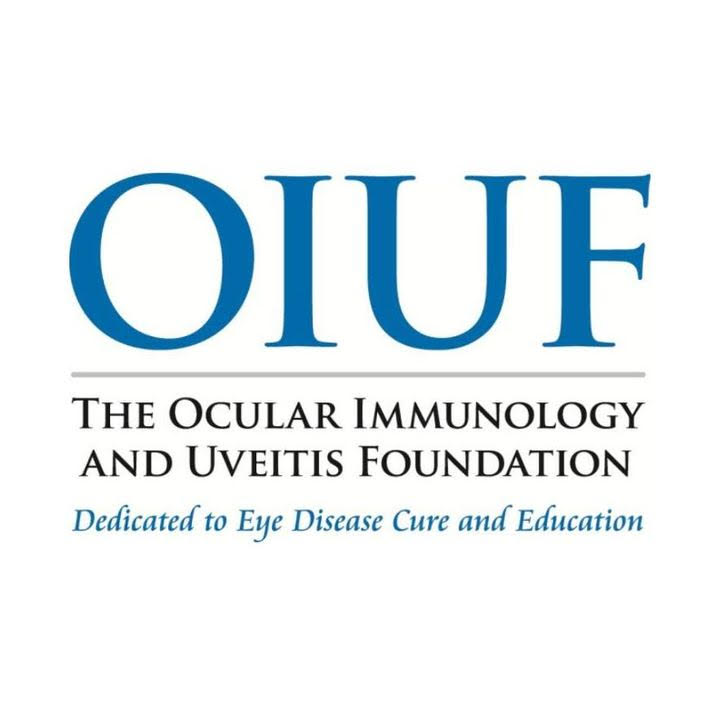By Zihan Yu and Frances Foster, MS, NP
Review of the article:
https://www.ncbi.nlm.nih.gov/pmc/articles/PMC5682732/
This blog is a summary of the effects of various diets on rheumatoid arthritis (RA), but we feel this can be applied to ocular inflammatory disease as well. It is has been reported in some studies that approximately fifty percent of the risk involved in the development of RA may be contributed by host-environment interactions. As altered microbiota in the gut of RA patients is one of these host-environment risk factors that can be responsible for pathogenesis as well as disease progression, various dietary plans for RA have been studied for an extended period. Many of these studies conclude that the improvements in disease activity may be a result of the reduction in immune-reactivity to specific food antigens in the gastrointestinal tract that were eliminated by changing the diet. This article is a summary of dietary effects on RA.
In some studies, patients who took a vegan diet show that their release of lysozyme by neutrophils was reduced, which is known to cause inflammation and destruction of joints. The study also shows that starvation or ketogenic diets may play an anti-inflammatory role through the inflammasome inhibition process. In other studies using the Mediterranean diet, showed that olive oil can help reduce cartilage destruction, joint edema, and arthritis development, benefiting patients in preventing RA. P-Coumaric acid is mostly present in grapes, oranges, apples, tomatoes, spinach, and potatoes. It showed in the study that fresh fruits and vegetables are rich sources of beta-cryptoxanthin and proteolytic enzymes that could help reduce the risk of RA in patients. Fish oils provided a high amount of omega-3 fatty acids, and their efficacy to treat RA has been checked in several controlled trials. A mixture of blended ginger and turmeric were given to the adjuvant-induced arthritic rats, which showed protective effects against extra-articular complications of RA.
Based on the findings in the studies, the authors have designed an anti-inflammatory food chart that may aid in reducing the signs and symptoms of RA. The ideal meal includes raw or moderately cooked vegetables, with the addition of spices like turmeric and ginger, seasonal fruits, probiotic yogurt. All of these foods are natural antioxidants and deliver anti-inflammatory effects. Meanwhile, patients should be aware of any processed food, high salt, oils, butter, sugar, and animal products. Dietary supplements like vitamin D, cod liver oil, and multivitamins can also help in managing RA according to the article. The incorporation of the food in the daily food plan may help to reduce the disease activity, delay disease progression, and reduce joint damage.
Reference:
- Vaahtovuo J, Munukka E, Korkeamäki M, Luukkainen R, Toivanen P. Fecal microbiota in early rheumatoid arthritis. J Rheumatol (2008) 35(8):1500–5.
- Scher JU, Sczesnak A, Longman RS, Segata N, Ubeda C, Bielski C, et al. Expansion of intestinal Prevotella copri correlates with enhanced susceptibility to arthritis. Elife (2013) 2:e01202. doi:10.7554/eLife.01202
- Maeda Y, Matsushita M, Yura A, Teshigawara S, Katayama M, Yoshimura M, et al. OP0191 the fecal microbiota of rheumatoid arthritis patients differs from that of healthy volunteers and is considerably altered by treatment with biologics. Ann Rheum Dis (2013) 72(Suppl 3):A117. doi:10.1136/annrheumdis-2013-eular.396
- Hafström I, Ringertz B, Spångberg A, Von Zweigbergk L, Brannemark S, Nylander I, et al. A vegan diet free of gluten improves the signs and symptoms of rheumatoid arthritis: the effects on arthritis correlate with a reduction in antibodies to food antigens. Rheumatology (2001) 40(10):1175–9. doi:10.1093/rheumatology/40.10.1175
- McDougall J, Bruce B, Spiller G, Westerdahl J, McDougall M. Effects of a very low-fat, vegan diet in subjects with rheumatoid arthritis. J Altern Complement Med (2002) 8(1):71–5. doi:10.1089/107555302753507195
- Rosillo MA, Sánchez-Hidalgo M, Sánchez-Fidalgo S, Aparicio-Soto M, Villegas I, Alarcón-de-la-Lastra C. Dietary extra-virgin olive oil prevents inflammatory response and cartilage matrix degradation in murine collagen-induced arthritis. Eur J Nutr (2016) 55(1):315–25. doi:10.1007/s00394-015-0850-0
- Ramadan G, Al-Kahtani MA, El-Sayed WM. Anti-inflammatory and anti-oxidant properties of Curcuma longa (turmeric) versus Zingiber officinale (ginger) rhizomes in rat adjuvant-induced arthritis. Inflammation (2011) 34(4):291–301. doi:10.1007/s10753-010-9278-0
- Balbir-Gurman A, Fuhrman B, Braun-Moscovici Y, Markovits D, Aviram M. Consumption of pomegranate decreases serum oxidative stress and reduces disease activity in patients with active rheumatoid arthritis: a pilot study. Isr Med Assoc J (2011) 13(8):474–9.
- Shadnoush M, Shaker Hosseini R, Mehrabi Y, Delpisheh A, Alipoor E, Faghfoori Z, et al. Probiotic yogurt affects pro-and anti-inflammatory factors in patients with inflammatory bowel disease. Iran J Pharm Res (2013) 12(4):929–36.
- van der Meer JW, Netea MG. A salty taste to autoimmunity. N Engl J Med (2013) 368(26):2520–1. doi:10.1056/NEJMcibr1303292
- Manzel A, Muller DN, Hafler DA, Erdman SE, Linker RA, Kleinewietfeld M. Role of “Western diet” in inflammatory autoimmune diseases. Curr Allergy Asthma Rep (2014) 14(1):404. doi:10.1007/s11882-013-0404-6
- Cutolo M, Otsa K, Uprus M, Paolino S, Seriolo B. Vitamin D in rheumatoid arthritis. Autoimmun Rev (2007) 7(1):59–64. doi:10.1016/j.autrev.2007.07.001
- Gruenwald J, Graubaum HJ, Harde A. Effect of cod liver oil on symptoms of rheumatoid arthritis. Adv Ther (2002) 19(2):101–7. doi:10.1007/BF02850059
- Galarraga B, Ho M, Youssef H, Hill A, McMahon H, Hall C, et al. Cod liver oil (n-3 fatty acids) as an non-steroidal anti-inflammatory drug sparing agent in rheumatoid arthritis. Rheumatology (2008) 47(5):665–9. doi:10.1093/rheumatology/ken024
- Martin RH. The role of nutrition and diet in rheumatoid arthritis. Proc Nutr Soc (1998) 57(02):231–4. doi:10.1079/PNS19980036
- Khanna, Shweta, Jaiswal, Sagar, K., Gupta, & Bhawna. (2017, October 10). Managing Rheumatoid Arthritis with Dietary Interventions. Retrieved from https://www.frontiersin.org/articles/10.3389/fnut.2017.00052/full#B26.







